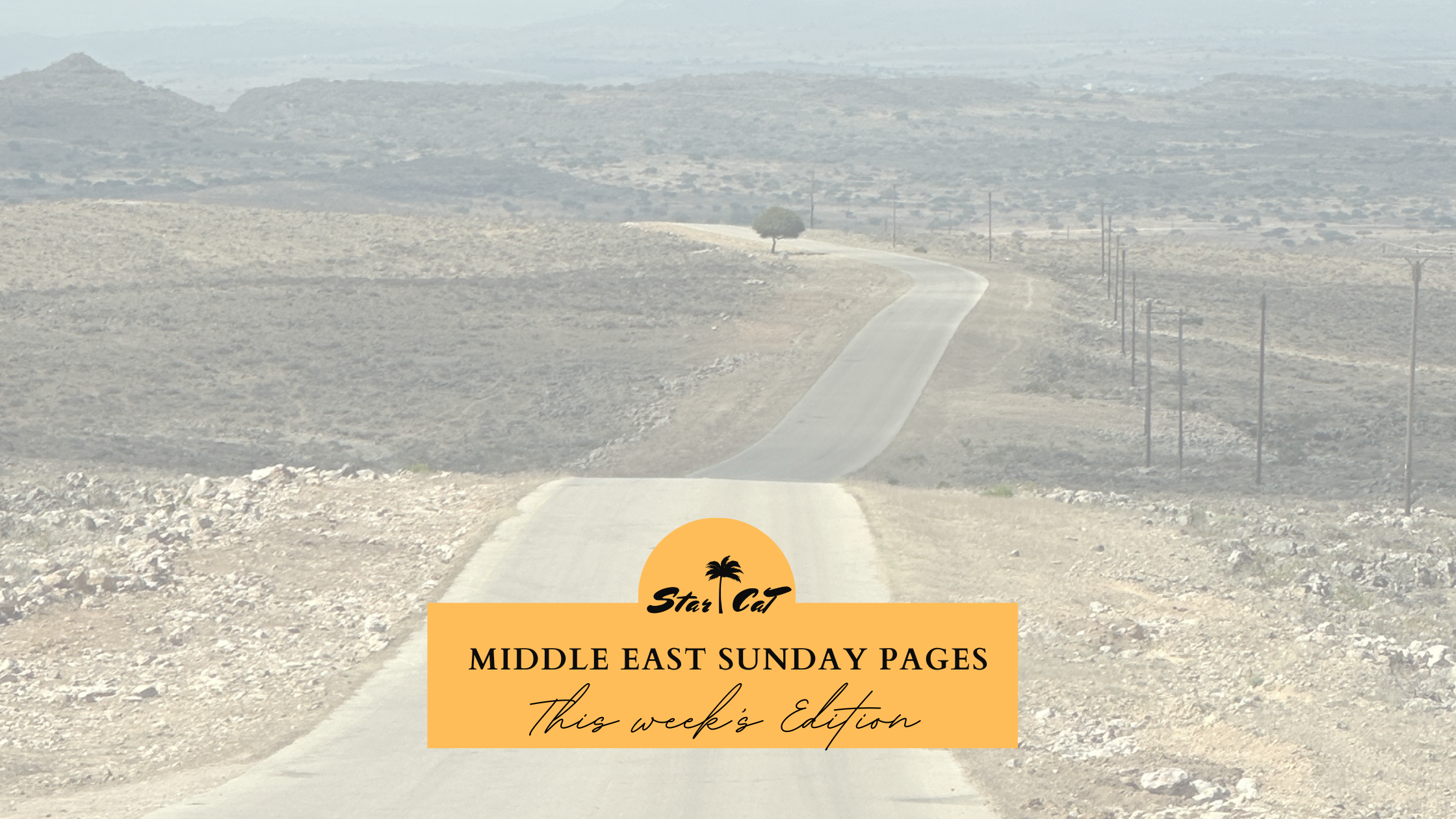An Overview of Communication Methods in the Middle East: From Email to Social Media
A common question we are often asked is about methods of communication in the Middle East and if they are similar to the Western world. So in this article, I thought we could run through an overview of communication methods in the Middle East.
It is an understandable question and one we have been asked more and more as we get closer to the world cup in Qatar 2022. Communication methods in the Middle East have changed drastically over the past few decades. The region was once known for its reliance on face-to-face communication, but the introduction of emails and social media has changed that. Many assume that the Middle East will not allow or be as up-to-date on methods of communication as the rest of the world but this is just another misconception about the region. The region may have its own culture, traditions, and customs but that doesn’t mean they don’t use modern methods of communication.
Use of Emails in the Middle East
Email and social media are the most common methods of communication used. Email use has increased over time as companies have started to adopt it as a means of communication with their clients. And for a long time email was the most common method of communication, however, that is now losing ground to both social media and platforms like WhatsApp. In fact, according to a study for mideastmedia.org people are twice as likely to now send a direct message on social media as opposed to sending an email. So while email is still a popular method of communication in the Middle East it is no longer the communication leader it once was thanks to the rise in popularity of social media.
Growth of Social Media in the Middle East
In the last decade, social media has seen a huge growth in terms of its popularity and it is becoming more important for people in this region, for both business and social purposes. In fact, Social Media is becoming an integral part of life and work in Saudi and other places in the Middle East. Social media use has grown exponentially over recent years with platforms like Facebook, Twitter and Instagram becoming a crucial part of people’s daily lives. It allows people to connect with customers and potential clients from all around the world through their company website or social media accounts like Facebook, Twitter, Instagram, Snapchat and LinkedIn.
In fact, Social Media use is higher in the Middle East than it is anywhere else. With an average of 3.5hr spent each day on social media, it is significantly higher than the UK and US. In the UK the average time spent on social media is 1hr 38mins and in the US where users spend an average of 1hr 55mins on social media each day. In the Middle East direct messaging plays a large part in how that time is spent, with social media direct message use growing each year. Younger people also use social media to get a large portion of their news information which they then share with each other on their chosen platforms. There is no denying however that the growth of social media in the region only continues to rise and is showing no signs of slowing down.
WhatsApp and Snapchat use in the Middle East
In 2019 a study by Northwestern University in Qatar showed that 75% of nationals were now using WhatsApp as a method of communication. Helped by the fact that in the Middle East the brand has an incredibly high trust score with its users. While during the pandemic the usage grew again both as a means of staying in touch and also sharing health alerts. WhatsApp for business has also become a standard method of communication for most businesses in the area.
However, for the moment at least, you cannot make or receive calls or video messages using WhatsApp (or FaceTime and Snapchat) due to a government ban over trust issues with the app’s security when it comes to making and receiving calls. While many hope that this ban will soon be lifted, others believe it will be a long time before the restriction on calls using these platforms is removed. Snapchat is another communication platform that is seeing its usage grow faster in the Middle East than in other parts of the world. Thanks in part to the Snapchat generation who are driving higher consumption levels for the App than some of its competitors. So overall when it comes to communication in The Middle East it really isn’t too different to the rest of the world. Social media platforms continue to grow, driven by younger age demographics and business needs.
There are, of course, cultural differences and some restrictions that you need to bear in mind but overall if you are considering moving to The Middle East to live or work you don’t need to worry about forms of communication holding you back. You will still be able to communicate with friends and family, run your business and communicate with colleagues in much the same way as you can anywhere else.
We would love to hear your thoughts on communication in the Middle East, how have you found it when you have been there? Does this article help alleviate any fears you may have had? If you would like to learn more about travelling or moving to the Middle East then we would love to help!




This Post Has 0 Comments